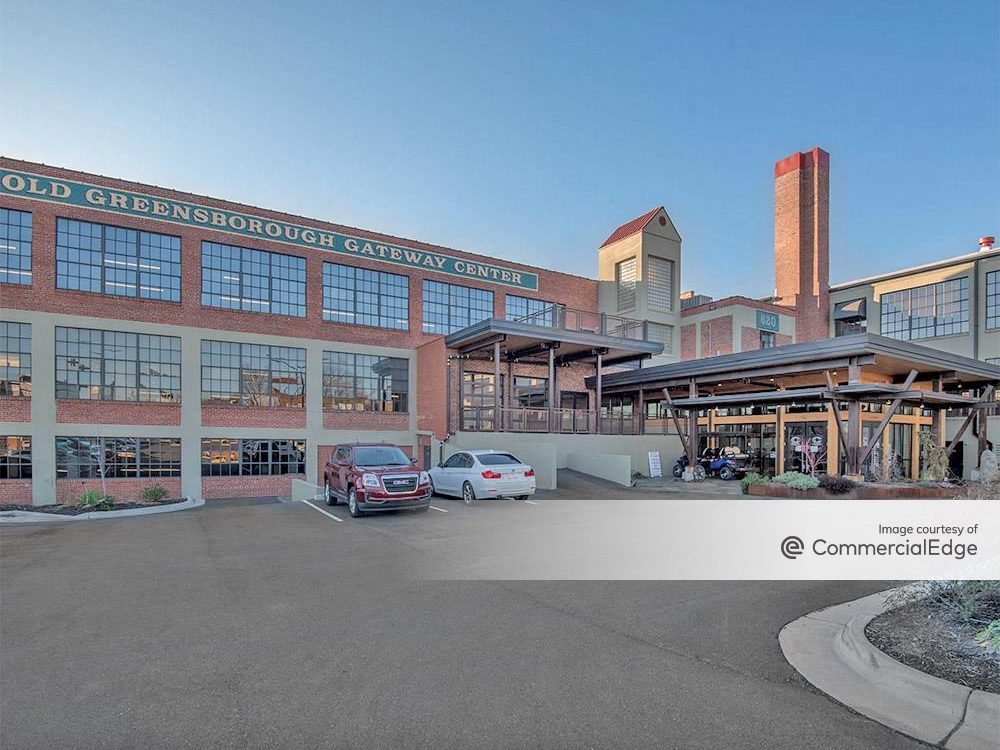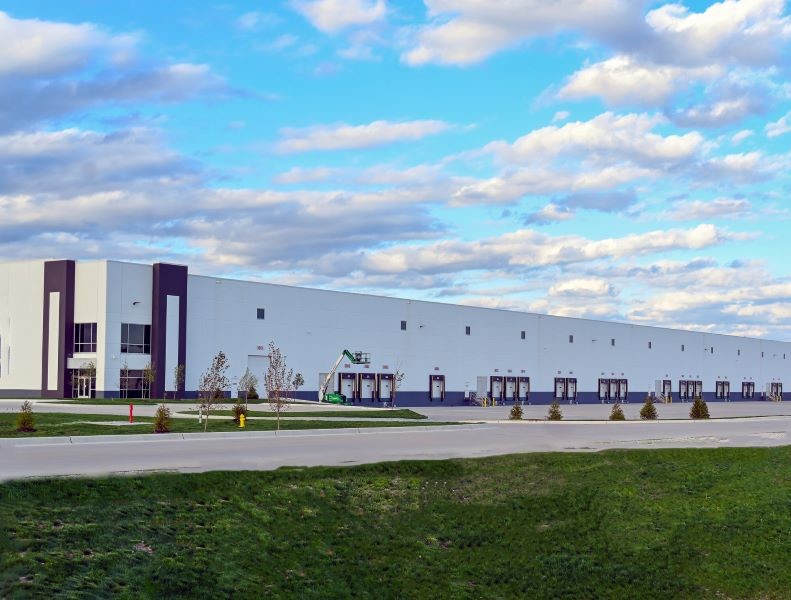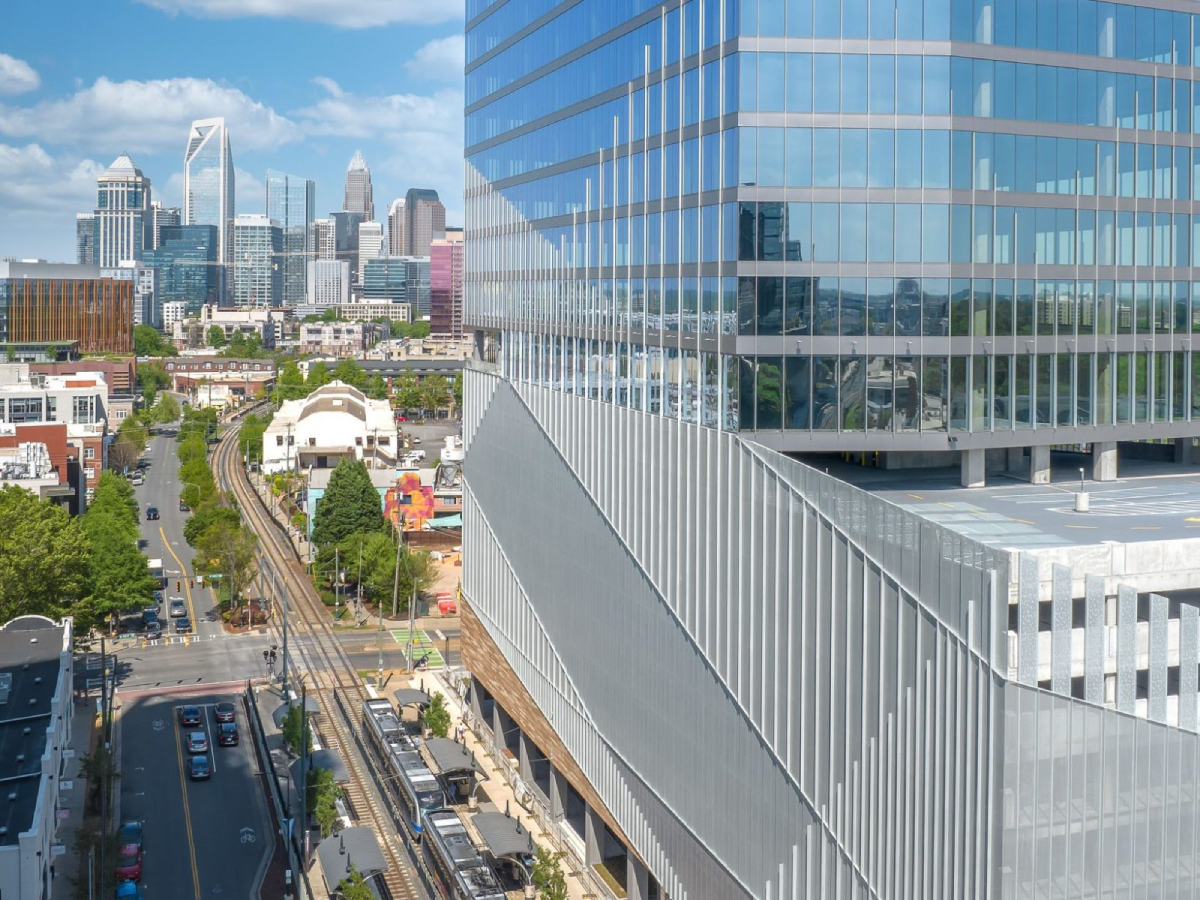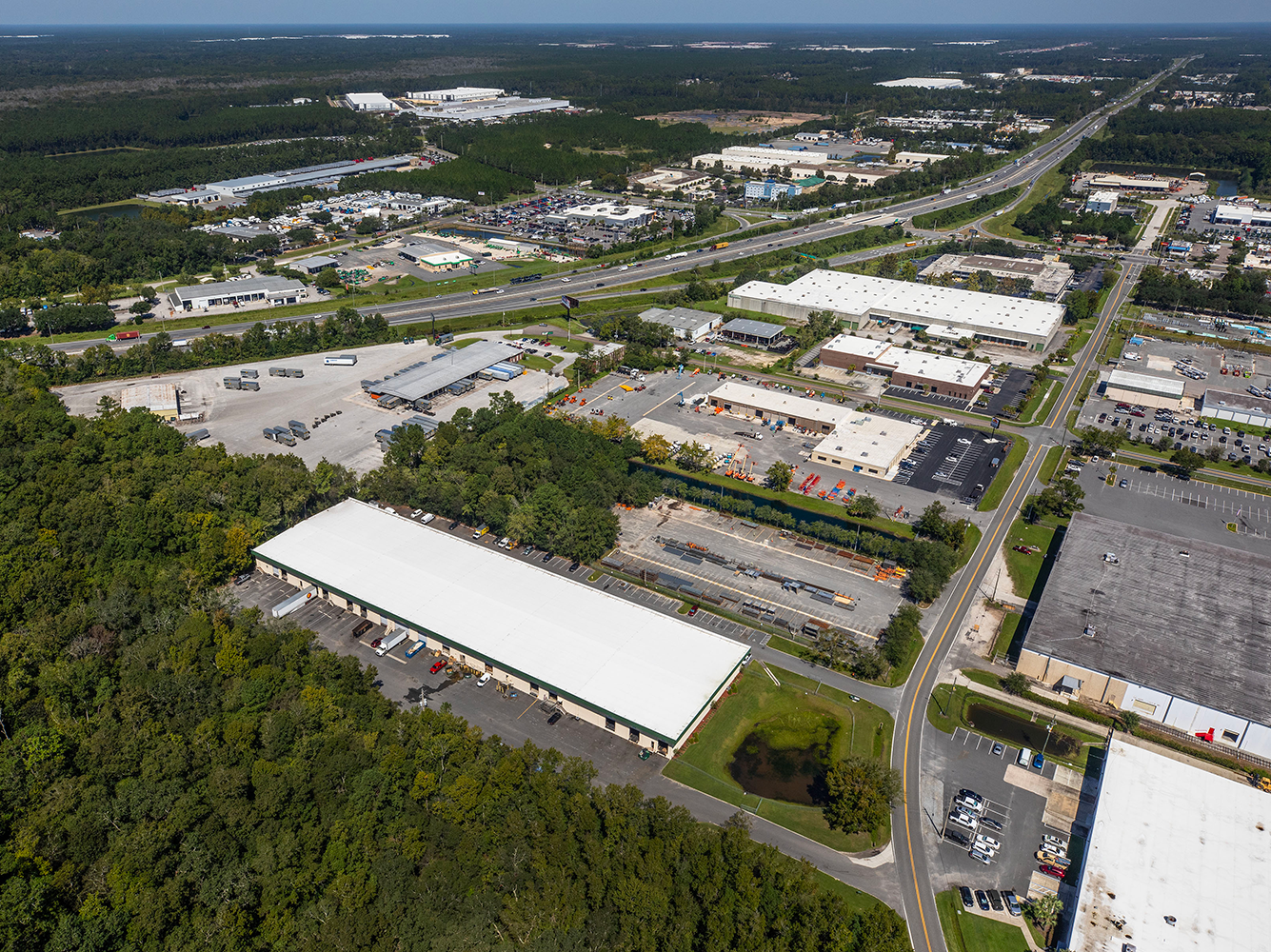Wooden Skyscrapers: A New Level of Sustainability?
Michael Charters' wooden skyscraper, which won honorable mention in eVolo's 2013 Skyscraper Competition, takes sustainable development to a new level.
By Amalia Otet, Associate Editor
A new breed of high-rise architecture is in the process of being born, thanks to the collaborative efforts of modern design pioneers. Envisioned as the best sustainable option for meeting world housing demands and decreasing global carbon emissions, wooden mega-structures are now one step closer to becoming a reality.
“Big Wood,” a conceptual project submitted by architect Michael Charters to the eVolo 2013 Skyscraper Competition, builds on the premise that wood, when harvested responsibly, is one of the best tools architects and engineers have for reducing greenhouse gas emissions and creating healthy communities. Aspiring to become one of the greenest skyscrapers in the world, Big Wood challenges the way we build our cities and promotes timber as a reliable platform to support tomorrow’s office and residential towers.
Whereas the building industry accounts for 39 percent of man-made carbon emissions, according to the eVolo architecture and design journal’s announcement of Charters’ honorable mention win, timber emerges as a greener alternative to standard structural systems. In addition to its eco-friendly properties, timber is technically and economically competitive compared to steel and concrete, and can be employed in a broad range of building structures. “Recent studies have proved the success of 20- to 30-story mass timber structures,” according to eVolo, while the use of hybrid systems would enable developers to go even higher with their projects.
Combining technological advances with conservation and sustainability features, Big Wood stands out as a masterpiece of modern engineering. It is a prototype on mass timber construction that offers the possibility to build more responsibly while actively sequestering pollutants from our cities.
To be developed along the Chicago River in the Windy City‘s South Loop neighborhood, the mixed-use university complex is built on a mass timber system. In yet a further sustainable step, the lumber used is not just locally grown and milled but the South Chicago tree farm from which it was obtained is on a remediated brownfield site that once sheltered the South Works steel mill and now bvenefits the entire area by extracting toxins from the soil as well as carbon dioxide from the air.
The astounding high-rise features three different housing types, retail, a library, a media hub, a sports complex, parking, as well as a community park and garden.
“Known as the birthplace of the skyscraper, Chicago is an optimal location for a prototype in mass timber construction,” writes Carlos Arzate in his description of the project in eVolo. “Similar to the rapid innovation in building technology that occurred in the early 1900s, ‘Big Wood’ is positioned to be a catalyst for a new renaissance in high-rise construction, forever changing the shape of our cities.”
Widely recognized thanks to the architectural efforts of Michael Green, a progressive architect who plans to erect a 30-story wooden skyscraper in Vancouver, the groundbreaking concept strives to address the major challenges of climate change, urbanization and sustainable development. In collaboration with structural engineer Eric Karsh, Green developed a mass timber panel approach solution for tall buildings called FFTT (Finding the Forest Through the Trees), which is adaptable to various architectural forms, including office and residential uses.








You must be logged in to post a comment.